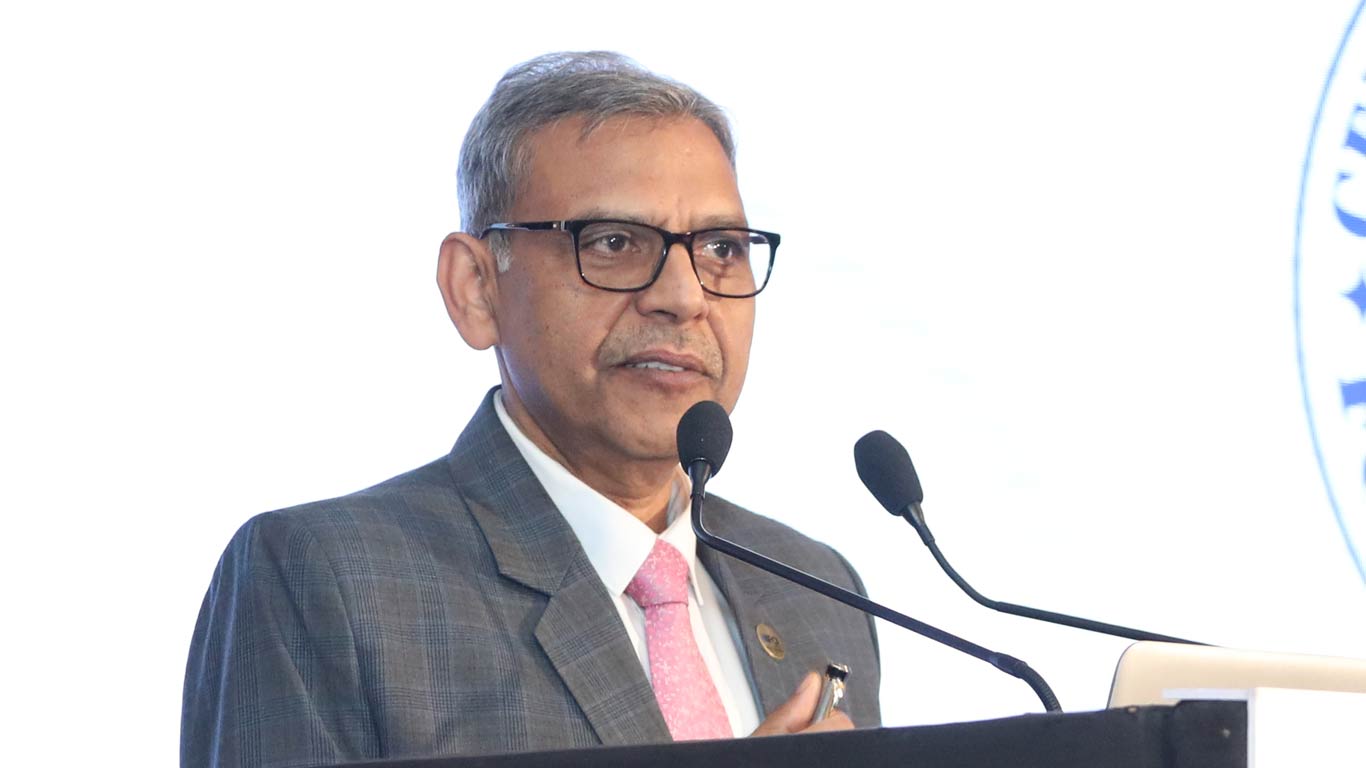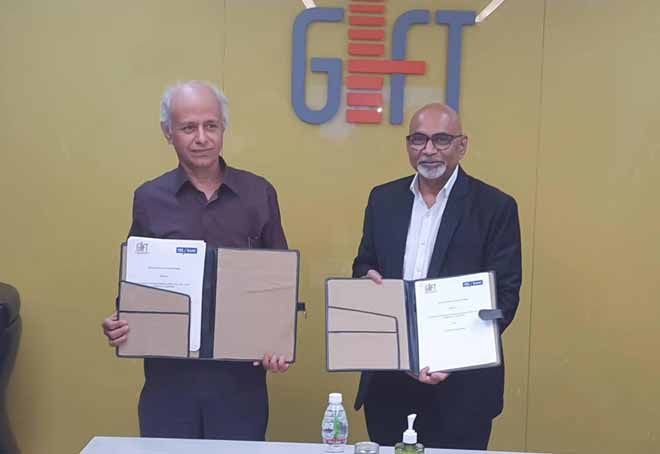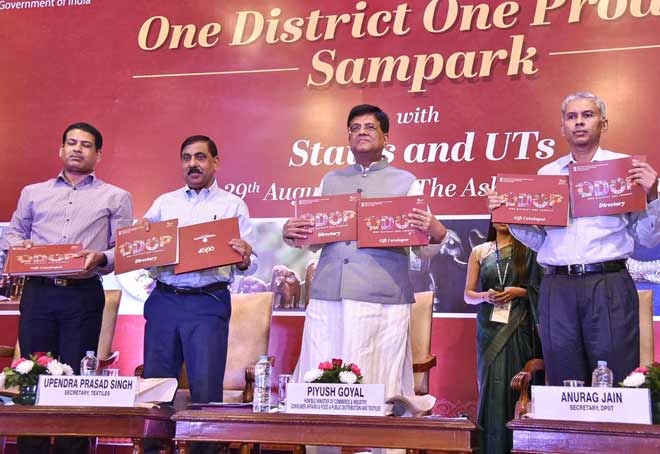Technical textiles face technology gap
Updated: May 11, 2013 02:55:26pm

New Delhi, May 11 (KNN) Technical textiles widely used as raw material in a host of industries such as geotextiles, agrotextiles etc, have outdated technology and the major deterrent for their expansion has been low demand, said an expert group report.
“The share of unorganized sectors in production of the technical textiles account for 40 per cent in which scale of operation is limited and technology is relatively redundant.
The major deterrent for expansion of the sector is low demand, which explains the high share of operations in small scale sector in order to meet the thin demand spread all over the country,” said the report on assessing the prospects for India’s textile and clothing sector of the Ministry of Textiles.
This is also the reason for a huge gap between technology used in competitor countries and that used in India.
Currently, the sector has a market size of Rs 57,000 crore and growth rate is poised to take off from present 11 per cent to almost 20 per cent during the 12th Five Year Plan.
Based on the past trend of growth and estimated user segment growth, the market size of the sector in India is projected to be Rs 1.5 lakh crore for the year 2016-17 with a growth rate of 20 per cent annually.
But, there is lots of scope for massive technology upgradation in the sector with the help of the government for the development of technical textiles.
The global market size of technical textiles sector in 2010 was estimated to be Rs 5.72 trillion, which has grown at an annual rate of approximately three per cent since 2005.
There is need for strong world class testing facilities for accurate and relevant evaluation of technical textiles to satisfy the stringent and critical requirements of performance related products parameters in the global market.
Technical textiles are also known as industrial textiles, functional textiles, engineering textiles, invisible textiles and hi-tech textiles.
They can be defined as textile materials and products manufactured primarily for their technical performance and functional properties rather than their aesthetic or decorative characteristics.
These textiles are used across a wide range of economic activities such as agriculture, construction, defence, roads, dams, hospitals, automobiles, shipbuilding, aircrafts, aerospace, packaging, interior furnishings, sports equipment, environmental protection, hoardings, etc.
The major production of this sector is catering to the domestic demand. In fact, for some of the products such as baby diapers, wipes, hoses, drive belts etc, even to meet the domestic demand around 10 to 60 per cent of the total products are imported.
Moreover, technical textiles are a major activity in developed countries which have been gradually switching over from conventional textiles to technical textiles.
In China technical textile activities account for around 20 percent of the total textile activities, where as in India it is less than 10 per cent.
Moreover, consumption of technical textiles is the highest in industrialized countries. USA, Western Europe and Japan account for about 52 per cent of the total technical textiles consumption in the world.
Presently, China and India consume around 13 and four per cent of the total technical textiles production of the world respectively.
Technical textiles can be used individually for specific functions such as, fire retardant fabric for uniforms of firemen, coated fabric as awnings, airbags, carpets, etc.
They are also used as accessories in processes to manufacture other products like filter fabric in food industry or paper maker felt in paper mills.
Although, the market in India for technical textiles is growing, a comparison with the global pattern reveals that India’s production level of technical textiles is very low.
Thus, there is need to encourage modernization in this sector by providing priority or additional incentives for this segment under Technology Upgradation Fund Scheme (TUFS) and lowering of customs duty on technical textile machinery may also be considered for further boosting investment in this sector. (KNN)











